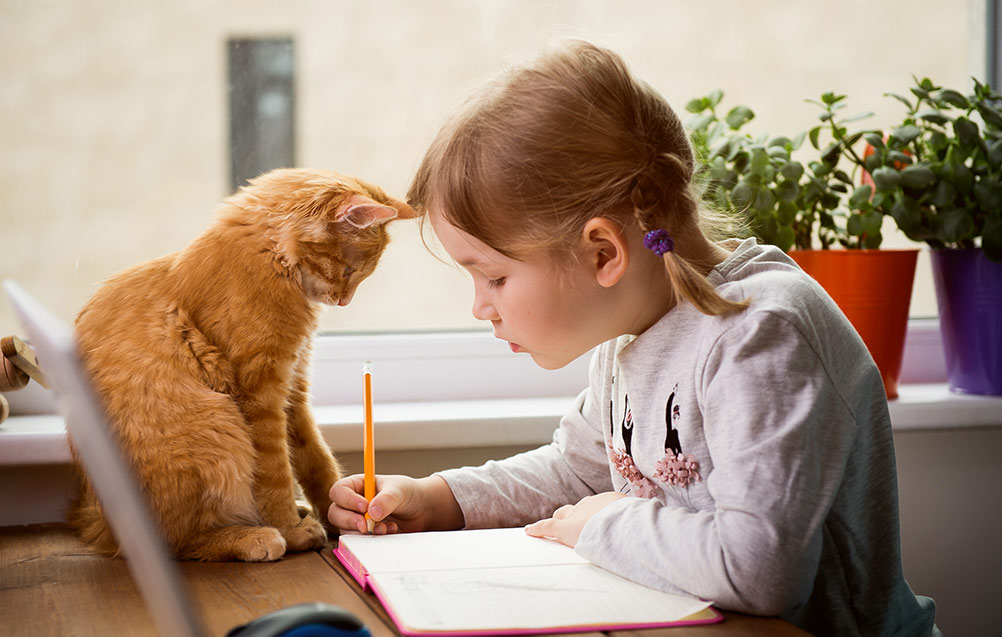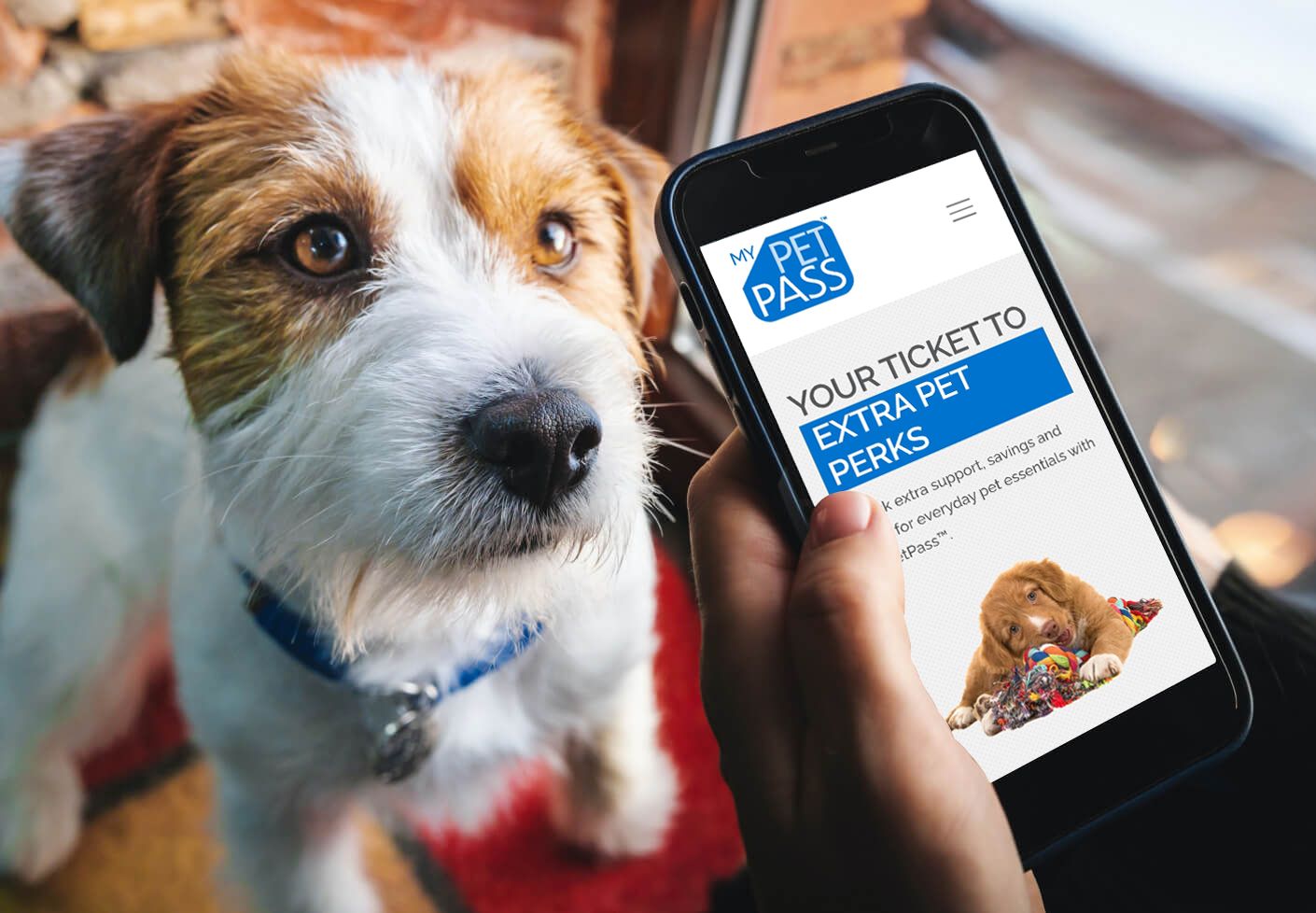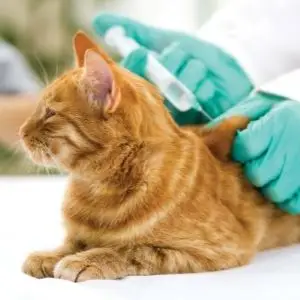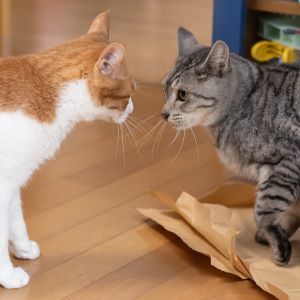Toilet training your new kitten or cat
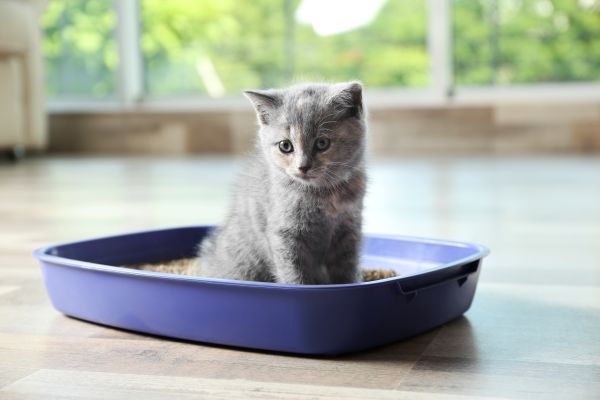
In most cases your new cat or kitten will figure out how to use the litter box pretty quickly, but, in case they don’t, we’ve put together a list of techniques that will help them learn what to do and with as few accidents as possible.
Equipment
Litter box / tray
The first thing you’ll need is a brand new litter box that is free of scent from other cats. Consider the size of your kitten when purchasing its first box. The sides will need to be low enough so that access is simple. The box shouldn’t be too large early on, as vast amounts of space can be intimidating for a small kitten.
 If your new cat is fully grown, she will most likely prefer a large litter box – at least 1.5 times her body length with tail extended, so that she can turn around comfortably and dig in the tray. If you have an older or arthritic cat, or one with mobility problems, use a litter tray with low sides or a low access point so that she can climb in easily.
If your new cat is fully grown, she will most likely prefer a large litter box – at least 1.5 times her body length with tail extended, so that she can turn around comfortably and dig in the tray. If you have an older or arthritic cat, or one with mobility problems, use a litter tray with low sides or a low access point so that she can climb in easily.
Most cats prefer uncovered litter trays. While the advantage of a covered tray is privacy and a sense of security, it can also make them feel confined and worried. Also, a covered tray traps unpleasant odours and chemicals – a plus for cat owners but a definite minus for the cats themselves. If you are more inclined towards a covered tray, make sure the cover is removable in case your cat doesn’t take kindly to it.
Kitty litter
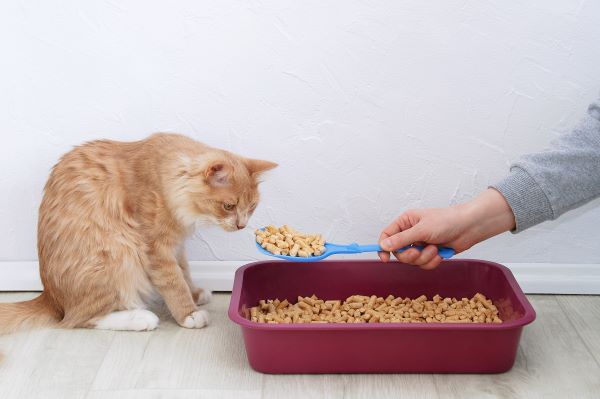
The choice of litter material is important and is very individual for each cat, so be prepared to experiment with a few different types of kitty litter. There are so many options, all with different textures, coarseness, material and scents. Some cats prefer clumping litter and some non-clumping, some prefer fine and some coarse substrate, while some prefer absorbent and some non-absorbent materials. Some cats need lots of material and some only a little.
As a general rule, many cats prefer fine-textured, unscented, clumping litter and natural substrates such as sand or soil. Most cats dislike plastic tray liners. Also, avoid perfumed litter. You may be open to the smell, but it’s unlikely your kitten will be.
Tips for toilet training success
Placement is super-important
Cats like to do their business in private. When deciding where to put your cat’s litter tray, try to keep this in mind. The best locations are places that won’t have much foot traffic or places that are enclosed and quiet, but are still easily accessible for your cat.
While the laundry may seem like a good idea, be aware that the noise of the washing machine or dryer when in use might put kitty off. She also won’t like the tray to be too close to her food and water bowls. Ensure the spot you select is level ground, so that the litter tray is steady and stable. If it rocks or moves when your cat gets in or is scratching around, she may get frightened.
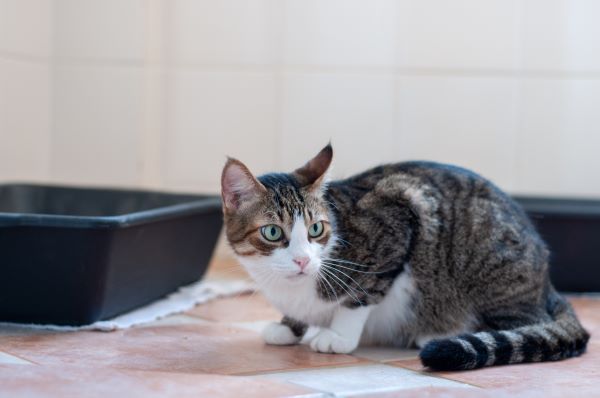
Give it some careful thought, because the placement of your kitten’s litter tray is one of the most important decisions you will make early on. Once you’ve placed that tray down and begun the training process, it’s not a good idea to move it again. Young kittens in particular can easily become confused if you move the litter tray, for example, from one room to another, or even from one side of the room to the other. Changes in litter tray position are usually fine with a more mature cat but, when it comes to kittens, try to keep it in one spot.
Help them learn
As the owner of a kitten you’ll need to act as its mother. You’ll need to observe the kitten’s toilet patterns and be on hand to act accordingly.
You’ll quickly notice that popular times to go to the toilet include after the kitten has either woken from a nap or finished eating. Get into the habit of carrying the kitten to its litter box at these times so that they know this is where to do their business.
Repetition is the name of the game. It’s all about forming an association between urination or defecation and the litter. With some cats, a few days of this simple process is all that is needed to litter train them for good. Others will need more time and patience but they’ll get the hang of it eventually.
Accidents happen
You’re more likely to have toilet training problems with a cat you’ve rescued from the pound, a stray you may have recently adopted or very young kitten that simply hasn’t been taught yet. Some kittens are fast learners, others will take longer to get the hang of using a litter box.
The most important thing you can put into practice early is patience; your kitten isn’t going to learn any faster if you get angry or shout when accidents occur.
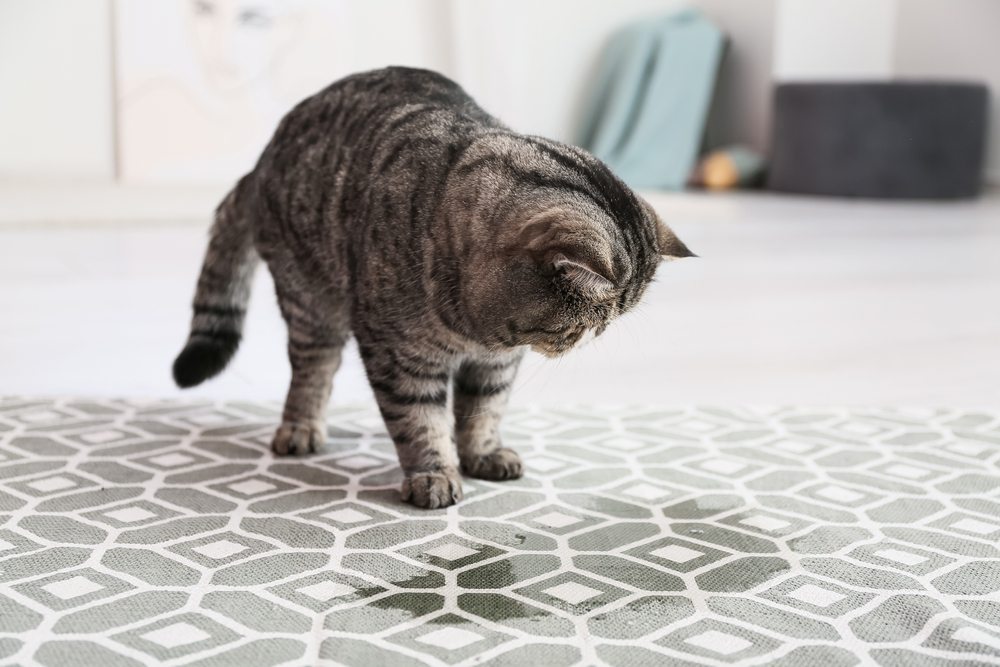
If your older cat is having accidents, it doesn’t hurt to remind them about the litter box. Sometimes it’s difficult, but try to remember that you’re teaching them because they simply don’t know any better.
When your cat or kitten fails to use the litter or when you notice that they need to do their business, carry them to the litter box and get them used to it. Praise her when she uses the tray correctly but do not punish her or drag her to the tray if she has an accident outside of the tray – cats are unlikely to associate your punishment with their mistake! Anything that will scare the cat will lengthen the learning process and won’t help anyone.
Sometimes dirty is better
If you’ve ever had cats before, you’ll know just how fussy they can be. If it’s the wrong food, they won’t eat it; the wrong litter, they won’t use it; the wrong toy, they won’t even touch it.
Adult cats will resort to defecating outside of their litter box if the litter isn’t kept pristine. In the case of kittens, however, especially during the toilet training phase, it’s not a bad idea to keep some traces of the droppings in the litter box. This will help the kitten to associate the litter with going to the toilet and in most cases will speed up the learning process.
Litter training for the outdoor toilet routine
If you want to progress you kitten to eventually go to the toilet outdoors, you can use their litter box to do just that. This technique is proven to work wonders, but bear in mind that it’s required that your cat be confident outdoors already.
Over a period of a few weeks, slowly edge your cat’s litter box towards the door to the outside. Remember, this is a gradual process; if you try to move it in one go, you may end up with a few accidents on the floor.
Then, once they are using their litter box by the back door, move it to the outside but still close to the door. Your cat will begin, perhaps tentatively at first, to use the litter box outdoors. After a while, remove the box entirely and your cat should find its own way from here.
A final word
 Most cats will instinctively use a litter tray from a very early age. However, if your cat or new kitten hasn’t quite grasped the proper use of the tray, hopefully these litter training tips will help you to have her toilet trained in no time.
Most cats will instinctively use a litter tray from a very early age. However, if your cat or new kitten hasn’t quite grasped the proper use of the tray, hopefully these litter training tips will help you to have her toilet trained in no time.
Remember, the process isn’t always easy and even after you think everything is working out fine, you may still come across the odd accident. Be patient, keep at it, and you’ll find that, with the right techniques, toilet training your kitten isn’t the insurmountable task it may have once seemed.
Need more help with cat toilet training? See our articles:
Bow Wow Meow Pet Insurance can help protect you and your kitten should an unexpected trip to the vet occur.
-
Find out more about our cat insurance options
-
Get an instant online pet insurance quote



